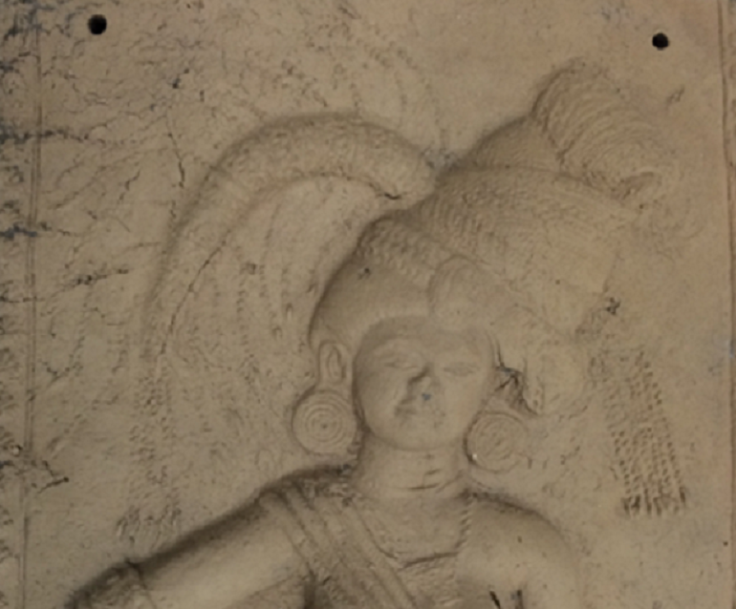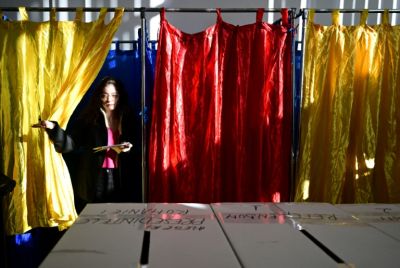India Looks To Create 'Open Market' For Antiquities; Critics Say It Will Encourage Looting

Policymakers in India want to create an “open market” for the antiquities trade, in an attempt to deter smugglers from exporting ancient items out of the country illegally. But archaeologists and art experts say legalizing the trade might not be the best solution, and could make the problem worse.
Culture Minister Mahesh Shrama has proposed revising India’s Antiquities and Art Treasures Act, which forbids anyone except the government to export antiquities. Right now, any artifact older than 100 years old qualifies as “cultural patrimony” in India.
“Let India have an open market,” he said, according to a report in India’s Economic Times. “Once we allow the trade of those antiquities in India, this smuggling will stop.”
“India is putting the cart before the horse if they think this will solve anything,” said archaeologist Peter Campbell, who has written extensively on antiquities theft and smuggling networks.
Experts say the global black market could be worth more than $1 billion, with much of the profits going to organized criminal or even terrorist groups. It’s a serious problem in India, especially, where ancient civilizations flourished for thousands of years, leaving valuable artifacts behind, many of which have lately wound up on the black market.
Most recently, the U.S. State Department seized a handful of antiquities, some as old as 2,000 years, from the Honolulu Museum of Art. They were part of a $100 million smuggling ring organized by Subhash Kapoor, a New York City art dealer who now faces charges. His looted antiquities made their way to 15 museums, according to the New York Times, including a $5.6 million sculpture of the Hindu god Shiva in the National Gallery of Australia and a $245,000 bronze statue of the Hindu god Ganesh that the Toledo Museum of Art in Ohio returned to India last year.
These seizures are evidence of a massive international market, motivating looters on the ground to continue illegal excavation of ancient sites. But archaeologists say opening a legal market isn’t the solution, and could even provoke further looting.
In most cases, looters are people living in or near poverty who cannot find work elsewhere. Targeting them, Campbell says, won’t do much.
“The most effective means of preventing the theft of culture has come through disrupting the network, either at the trafficking stage or the dealer stage,” he said, adding that the only things proven to stop looting are law enforcement and a low unemployment rate.
“Until India can do those two things, they are shifting blame,” he said.
Currently, smugglers have to create forged papers for the stolen goods, then bring them across one or more borders before they are “laundered” into the legal market through galleries and auction houses. Though it is a widespread practice, it’s still difficult. A legal, open market would allow smugglers to simply forge one set of papers -- and they would be free to go.
Moreover, if India does change the law, it would make it extremely difficult to return stolen property, such as the items from Honolulu.
In any case, nothing will move too fast, and analysts say that it will take time to see if new rules can truly be effective.
“There have been many calls over many years to revise the act in the belief that it will stop the smuggling of heritage material to destinations outside India,” said cultural property lawyer Rick St. Hilaire. “If there is a revision to the law -- and no revision over the years has been successful to date -- we will have to wait and see if it meets the goal.”
© Copyright IBTimes 2024. All rights reserved.






















